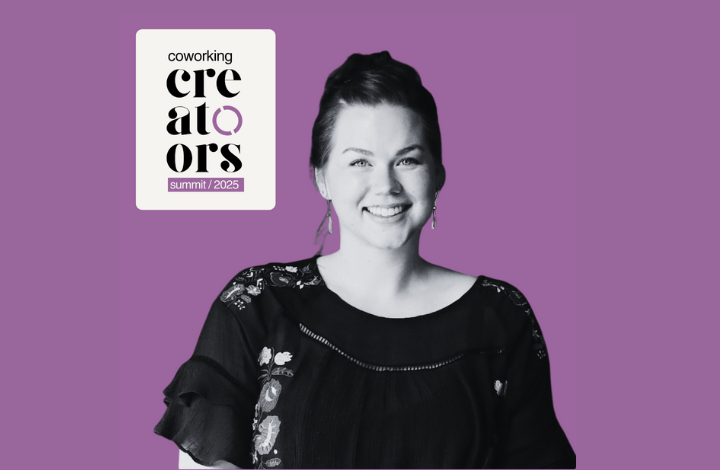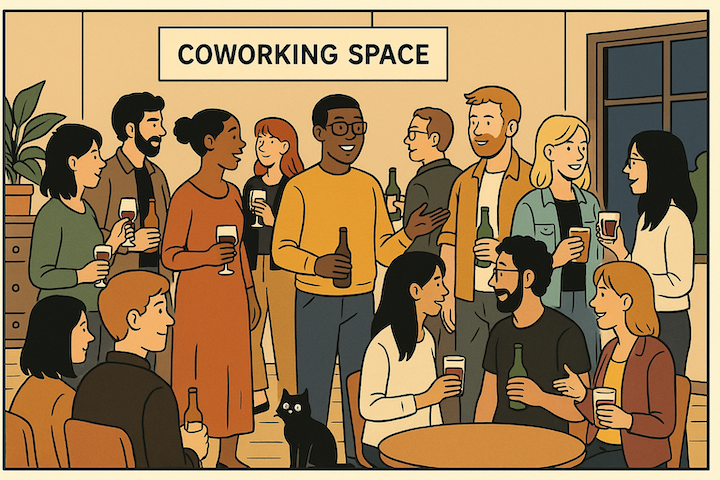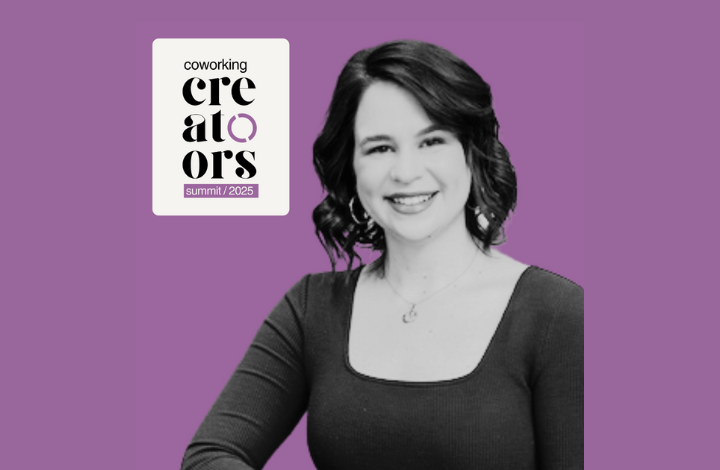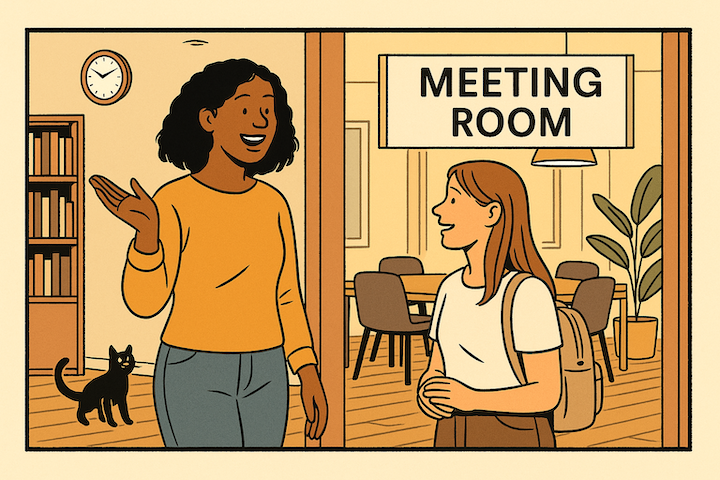Your coworking space and brand need a clear voice and perspective. Otherwise, you’ll get lost in the noise or, even worse, come off as generic and boring.
Oof.
That’s definitely not what you want as you work to grow and differentiate your coworking brand and community.
Here are eight strategies to help you clarify your coworking voice and perspective.
1. Be the Only Solution for Your Perfect-Fit Member
The goal is not to be “better.” What does that actually mean when we’re talking about workspace, coffee, and meeting rooms anyway? The most fabulous space can always be out-fabuloused, and having great coffee is something any space can do.
The goal is to be different—to be the only solution for your perfect-fit members. You want people who are a great fit for your space and community to recognize that they’re a great fit right away—before they’ve even stepped foot in your space.
2. Define Your Brand’s Core Identity
Before you can develop a clear voice and perspective, you need to get clear about your coworking brand’s identity. Ask yourself the following questions:
- Mission: Why does your brand exist?
- Vision: What future are you working toward?
- Values: What core values, in your business and community, guide your decisions?
- Positioning: What makes you the obvious choice for your target market?
💡Tip: Write a brand manifesto or “we believe” statement to clarify your perspective. The more clear you are about what you believe and what you’re working to build, the better.
3. Know Your Audience Deeply
Your brand voice should resonate with your specific audience, not the general public.
- What language do your members use?
- What are their hopes, struggles, and values?
- What do they hate in brands or marketing?
💡Tip: Use voice-of-customer research to guide the language you use. Voice-of-customer marketing simply means using the exact language your existing members use to attract new members. How your community talks about your space is far more valuable (and insightful) than how you talk about your space. So integrate their words into your marketing, messaging and brand.
4. Develop a Point of View
Your perspective is what you believe about coworking, your members, community and belonging, the future of work, your local area, and the world.
- What do you challenge or reject?
- What truths or ideas are you pushing forward?
- What unique lens do you apply to your work?
- If everything went amazingly well, what would that look like?
💡Tip: Articulate your point of view in a few core “brand beliefs” that can guide content, marketing campaigns, communications, and community engagement.
5. Be Consistent Across Channels
Your brand voice should be recognizable across all your channels: your social media; in emails and newsletter; on your website; in conversations with prospective members; and on tours of your space.
Create editorial and storytelling guidelines and share them with everyone who creates content and interfaces with prospective members.
Regularly audit your content and storytelling guidelines for consistency and any updates or changes you need to make.
💡Tip: Create a brand voice guide with examples, rules, and key talking points.
6. Show, Don’t Just Tell
Let your brand’s perspective shine through in every touchpoint across your brand, and in your space.
Be the change you’re working to create. Don’t hide behind generic copy and messaging. Don’t try to broadcast one-way messages to the masses. Be human. Be real. Let your actions speak for themselves and support your brand vision, values, and vibe.
💡Tip: Create a “Best of Our Brand Voice” folder with standout posts, emails, videos, conversations, or copy to use as benchmarks.
7. Evolve With Purpose
Your brand voice isn’t static. As your members, community, business, and coworking grow, evolve your voice, and do it with intention.
Revisit your voice and perspective annually or after major changes.
Test new language and tones in low-risk content (such as social media) before rolling them out broadly.
And don’t be afraid to let your brand, story, space, and community evolve. This means that you’re on the right path.
8. Who Are You Not For?
Knowing who your space and community are not for is as important as knowing who you are for. You simply can’t be for “everyone” and expect to stand out in any meaningful way.
💡Tip: Write down who you are not for. For example, if you’re working to build a vibrant coworking community and local hub, you’re probably not for sales people who will be on their phone in the shared space all day; or teams that isolate themselves in their office and only emerge for coffee; or transactional members who are only interested in saving some money; or people who need a quiet workspace all the time.
When you know who you’re for and make that clear across all your channels, those people will recognize themselves in your messaging immediately.
Which is what we want.
The Coworking Letter
For coworking pros


Get insights, strategies and practical to-do's every Thursday.







